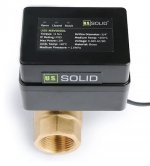- Aug 19, 2021
- 1,429
- Pool Size
- 17700
- Surface
- Plaster
- Chlorine
- Salt Water Generator
- SWG Type
- Pentair Intellichlor IC-40
I had previously posted about my intellicenter controlled autofill modification but had an issue so decided to revisit it. Initially I had pulled 24v from from a valve header on the intellicenter which I ran to a free relay then on to the solenoid. This worked fine for about six months at which point it stopped working. I discovered the solenoid on the sprinkler valve had burnt out (either burnt out and shorted or shorted and burnt out) Not wanting to risk the spendy intellicenter boards I opted to reconfigure the whole circuit.
I ordered the following components:
24v transformer
5a panel mount circuit breaker
I drilled and tapped the enclosure below the 7th relay for the transformer which fit nicely
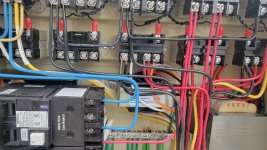
Added the low voltage circuit breaker into the extra spot on the intellicenter
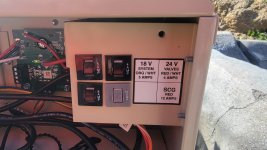
Wired the lv thru to the CB and then connected with some spare Delphi connectors I had because I'm "extra" lol
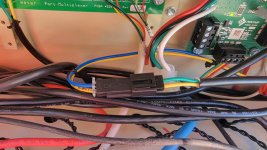
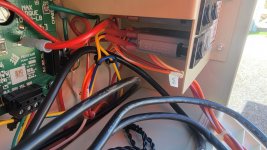
And like that it's done and working, no longer thru the intellicenter board.
Doing this allows me to control the time that the autofill runs which enables tracking water usage with my flume 2 monitor. The autofill is scheduled to run several days a week in the middle of the night when no other items should be using water.
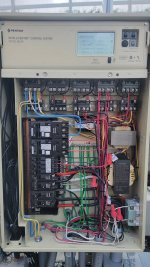
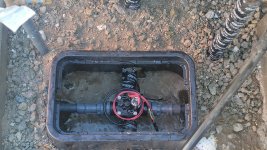
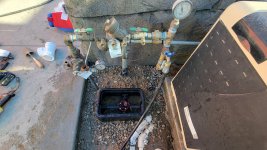
As a finishing touch , labeled the lv circuit breaker
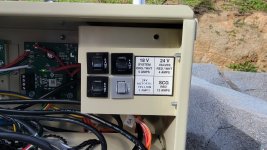
I ordered the following components:
24v transformer
5a panel mount circuit breaker
I drilled and tapped the enclosure below the 7th relay for the transformer which fit nicely

Added the low voltage circuit breaker into the extra spot on the intellicenter

Wired the lv thru to the CB and then connected with some spare Delphi connectors I had because I'm "extra" lol


And like that it's done and working, no longer thru the intellicenter board.
Doing this allows me to control the time that the autofill runs which enables tracking water usage with my flume 2 monitor. The autofill is scheduled to run several days a week in the middle of the night when no other items should be using water.



As a finishing touch , labeled the lv circuit breaker

Last edited:



